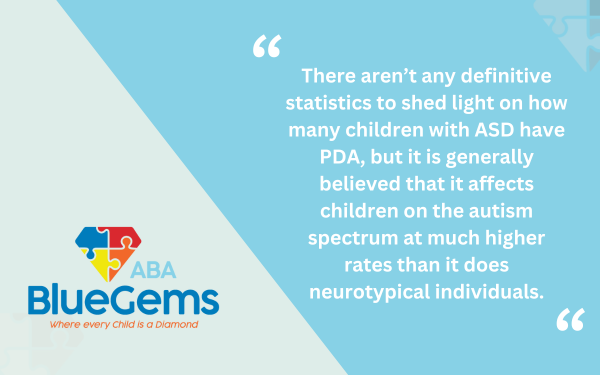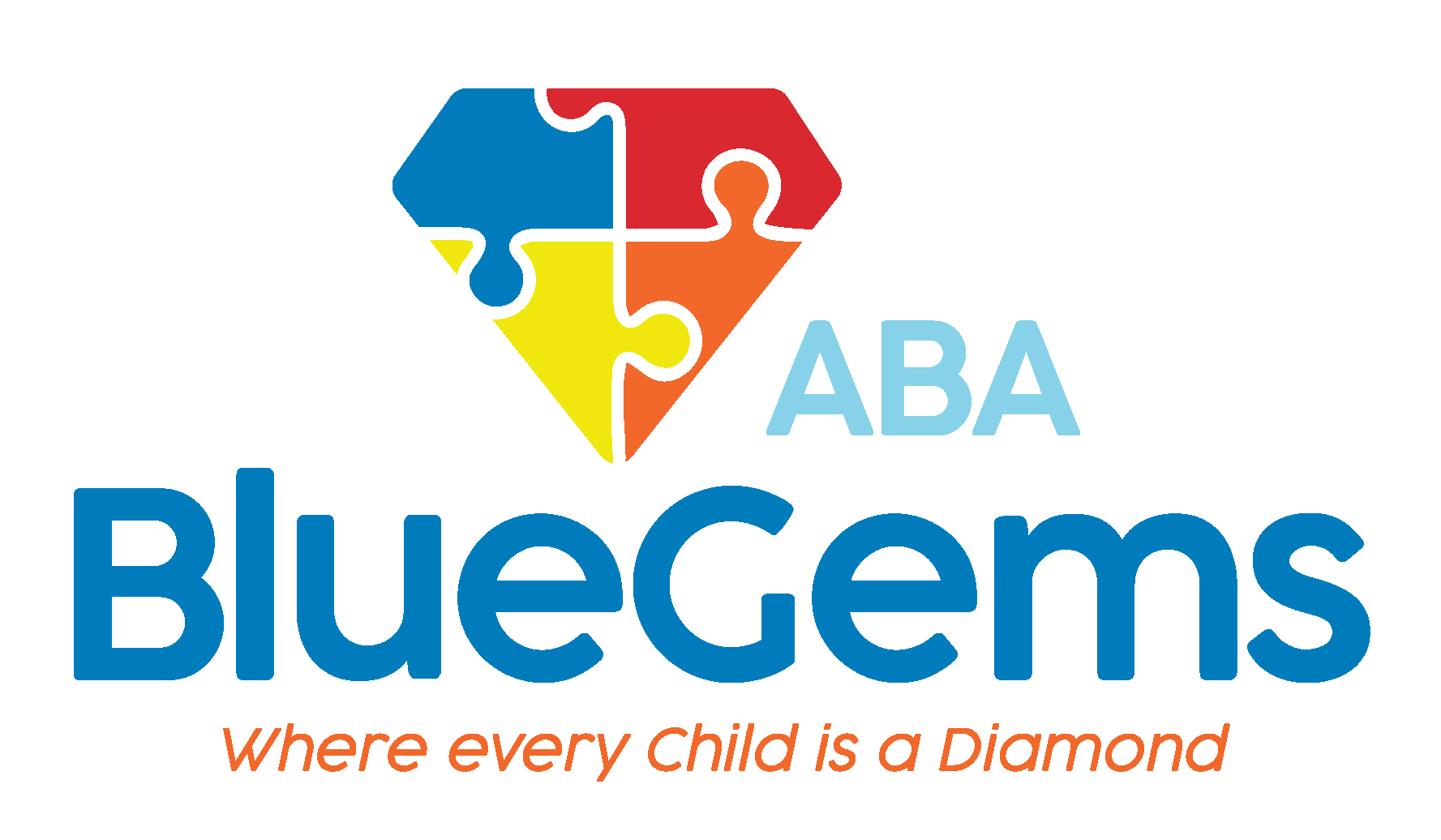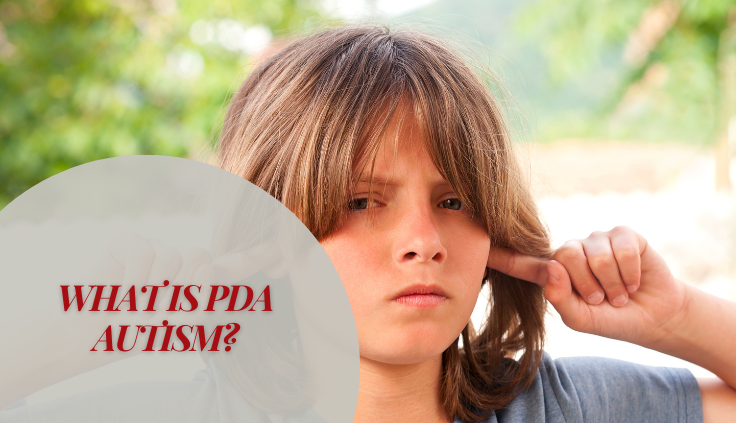What is PDA Autism?
As parents, it can be very frustrating when our children refuse to do the things we ask them to do. Sometimes, it can be as simple as putting on their shoes, but they fight back and refuse to do it.
Such refusal to comply with requests or commands is actually a natural part of childhood. It is a way in which children begin to express their independence and their free will.
For most children, this is something they grow out of or don’t do very often. Others, though, refuse to comply with any demands and even exhibit extreme behaviors in response to anything they might perceive as being a demand.
When children display this type of behavior in a pattern, it’s what’s referred to as pathological demand avoidance, better known as PDA. While PDA is seen more frequently in children who have autism spectrum disorder (ASD) than it is in neurotypical children, it isn’t a specific type of autism.
Below, we’ll further describe what PDA is and how it relates to children with autism.
Table Of Contents
What is PDA Autism?
Demand avoidance is simply defined as the act of resisting to comply with either a request or what others would expect of you. It could refer to not wanting to eat the food that’s served, not wanting to go to work or school, not wanting to go to sleep or not cleaning up after yourself.

As mentioned, this is something that every person experiences at times, especially children. However, demand avoidance becomes pathological in nature when it happens regularly for just about every demand or request — or anything the child might deem as a demand or request — and when their responses are extreme.
When children exhibit PDA behavior, it often interferes with typical functioning at school or at home.
| Aspect | Description | Impact |
|---|---|---|
| Mild Refusal | Simple resistance like not putting on shoes | Minor disruptions |
| Frequent Refusal | Regular avoidance to almost all requests | Daily functioning disrupted |
| Extreme Behavior | Aggressive reactions to demands | Significant home/school disruption |
For example, they may refuse to put on their shoes and react in such an extreme way that everything else in the house has to stop to address it. This could result in all the children in the house being late for school, and the parents being late for work as well.
What is the Link Between PDA and Autism?
It’s again important to note that PDA is not a subset of autism or even a separate diagnosis. Some organizations, such as The UK-based PDA Society, define it as “a profile with the autism spectrum.”
There aren’t any definitive statistics to shed light on how many children with ASD have PDA, but it is generally believed that it affects children on the autism spectrum at much higher rates than it does neurotypical individuals.

Many experts believe that PDA behaviors are similar in many ways to sensory sensitivities that children with autism face. In other words, they are a common symptom of ASD that can affect children with autism in a wide variety of ways.
What Does Demand Avoidance Look Like?
There are many different ways in which children could exhibit demand avoidance. Again, it’s a wide range that’s similar in many ways to the severity of autism itself.
| Type | Behavior | Examples |
|---|---|---|
| Mild Avoidance | Excuses, changing subject | “I forgot,” “You’re so nice!” |
| Passive Withdrawal | Walking away, ignoring | Pretend play, silence |
| Aggressive Response | Physical aggression | Hitting, biting |
Some children may give excuses when they are asked to do something, while others may try to distract or divert your attention from the demand by giving a compliment to you or changing the subject.
Others may become passive or withdrawn when faced with demands, including not responding to you at all, walking away from you or playing pretend. Others, still, may outright refuse to do something by simply saying “no.”
In extreme cases, children who exhibit PDA behaviors will become aggressive, such as biting, hitting, kicking, throwing things or pushing other people. Most of the time, this aggression rises to the top when other resistance forms don’t work in their favor.
It’s also important to note that when a child is exhibiting aggression in response to a demand, it may be because they are feeling overwhelmed, stressed and/or anxious.
How Can PDA Autism Be Treated?
Since it’s considered to be a symptom of autism, PDA behaviors are treated in the same way that other common symptoms of ASD are — through applied behavior analysis.
| Treatment | Focus | Goal |
|---|---|---|
| ABA Therapy | Behavioral intervention | Skill building, behavior modification |
| Communication Training | Improve expression | Reduce stress responses |
| Replacement Behaviors | Healthy coping mechanisms | Better emotional management |
Also known as ABA therapy, this is a science-based approach to learning and behavior that helps children on the autism spectrum build the communication, social and daily life skills with which they typically struggle.
In addition, ABA therapy can address negative, problematic and harmful behaviors by equipping children on the autism spectrum with the tools and knowledge they need to modify those behaviors.
By helping their patients communicate better, for instance, therapists can help them understand the importance of certain demands, why they shouldn’t resist them and how they can express if they’re feeling stressed or overwhelmed.
ABA therapy can also help children find replacement behaviors for their PDA behaviors so that they can better process, deal with and express their emotions. In this way, they are being taught how to get what they want in more helpful ways.
Blue Gems ABA Helps Address PDA Behaviors in Children with Autism
PDA behaviors aren’t a subtype or separate diagnosis from ASD, but they are considered to be a common symptom. Just like other symptoms of autism, PDA behaviors can be treated through ABA therapy.
At Blue Gems ABA, our team of experienced professionals administers ABA therapy on a one-to-one basis with children on the autism spectrum. We build personalized treatment plans that specifically address the unique strengths and challenges of each patient, which results in better outcomes.
To learn more, please contact us today.




